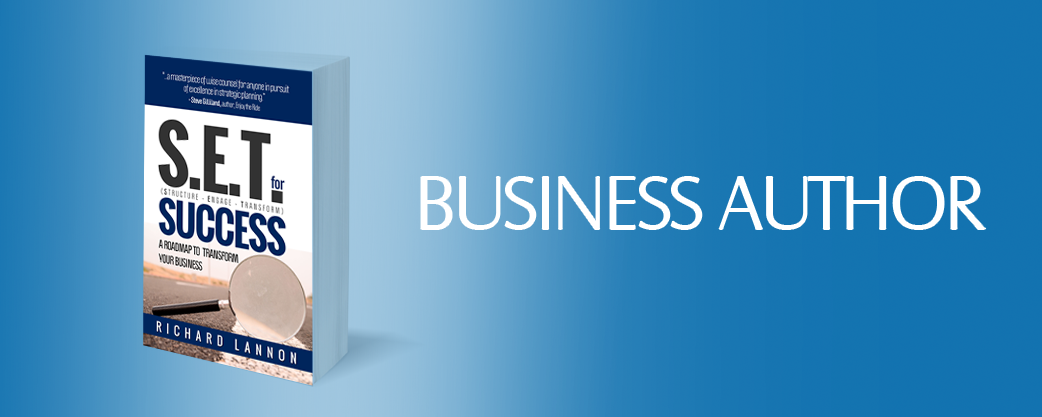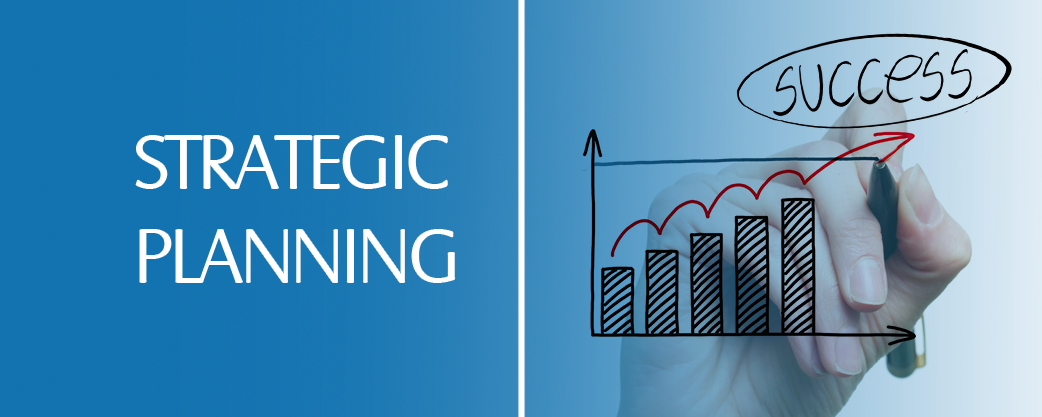To achieve a balanced business perspective consider using a Balanced Scorecard as part of your strategic planning initiative. A Balanced Scorecard is an approach that is used to align your business to the vision, mission, core values and strategy of the organization. The emphasis is to turn […]
Read more →Recently while facilitating the strategic planning program with a company in the technology industry we had to make some decisions on how to categorize the requirements. Since the company had a lot of different types of requirements we had to revisit the definition of a requirement (see […]
Read more →Recently I delivered a workshop on Risk Planning and Analysis for the Business Enterprise. I was asked about the various levels of risk within an organization. In response to that question, I explained that there are many levels of risk that could be organized along standard company […]
Read more →Surprisingly, I get this question a lot. Really it came down to a plan that the people could get into. The key is to recognize that tech people want tech or hard skills training and the business wants business or soft skill training. Over a 4 year […]
Read more →You just never know what is going to happen in your business life. Recently I had to work like crazy to get a bunch of deadlines completed to free my schedule so I could take an unexpected trip, half way across this wonderful country of ours, Canada. […]
Read more →Recently I was working with a group of 25 professionals in developing their business analysis capabilities. Business Analysis as a profession has gained a lot of popularity over the last 10 years. All sorts of professionals and consultants are focusing on creating a tool kit so they […]
Read more →












